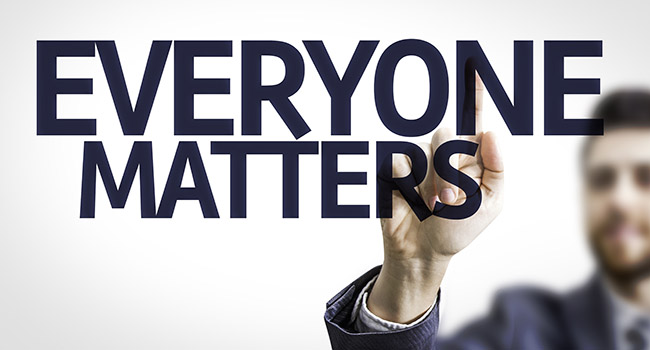For the most part, we all want to embrace the concept of inclusion and accessibility, and even want to see it implemented into our built environments. You would think that with this desire, persons with all levels of ability would be regularly participating in society free of barriers and limitations; however this is sadly not the case. We could greatly attribute this shortfall to the fact that many property owners, architects, businesses, designers, landscapers, and so on, do not have the correct information to achieve true barrier-free accessibility through universal design. It’s true, we have building code manuals with barrier-free guidelines, but does lowering a counter height for a wheelchair user benefit a tall individual with vision loss? Obviously not, but we need to factor in the needs of everyone when we design and build the environments we will be sharing.
Far too often, accessibility features within the built environment are constructed barely in compliance with the minimum requirements mandated by jurisdictional building codes. What is wrong with compliance to regional building codes, you ask? The problem, more often than not, is simply that basic code requirements do not go far enough. Basic code is just that; the absolute minimum acceptable by a legislative committee that drew a line in the sand and said, “This shall be the absolute least you can do”.
One of the other things that prevents true accessibility from being at the forefront of construction projects is that stakeholders, at the time, are completely able-bodied and therefore do not have immediate accessibility needs. This is a fair, living in the moment assessment, but all things considered, it is completely short-sighted. Let’s look at it from a different perspective. Every man, woman, and child on this earth, will have a disability at some point in their life, whether it is at birth, due to an accident, or simply getting old. We could even go as far to say that, for those of us fortunate enough to be able-bodied, we are only “temporarily abled”.
Navigating throughout our towns and cities, for a person with a disability, can be an extremely frustrating experience, yet it is the reality of a growing percentage of our population. Since we have established that we are all disabled, or will be at some point in our life, it’s time to have a meaningful discussion about making our built environment more accessible through universal design concepts. When your turn comes to live with a disability, how functional do you want your environment to be? With what level of frustration and dependence do you want to live? Without reaching for a more inclusive society now, “when your turn comes” it will be too late. Now is the time to roll up our sleeves and make every construction or renovation project as accessible and inclusive as possible. You will thank you later!

